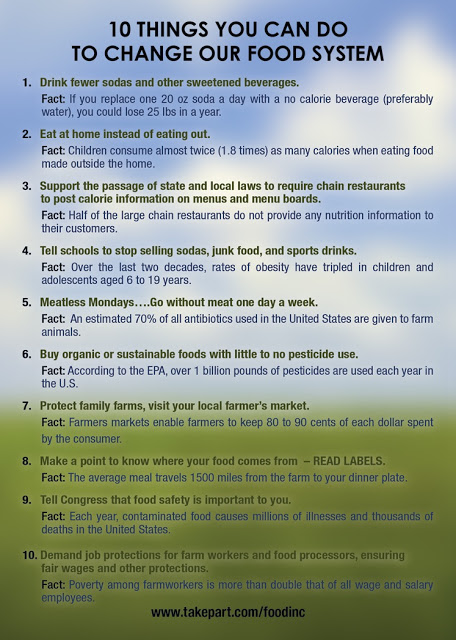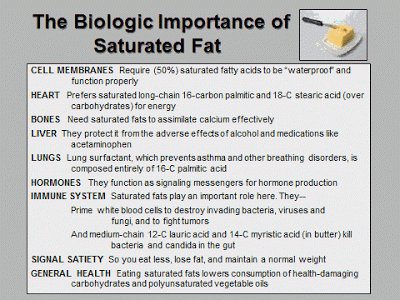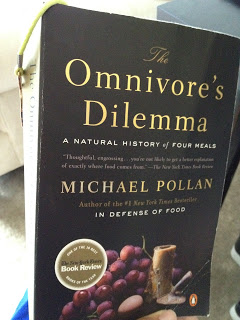Last night for the first time I watched Food Inc. along with my husband and sister and I’m surprised it took me this long! Going into the movie I knew I wasn’t going to be shocked with the images because I read it about it all the time. Although I know about the brutal and terrible living conditions of the animals and how farmer’s are mistreated, it never ceases to amaze me how this could be happening in our country. How people have been taught to put all their trust into a government that really is crooked. How can someone who worked for Monsanto be allowed to work in the FDA? Isn’t there something wrong with that?
I’m not a violent person by any means nor do I think violence ever fixes a situation but while watching that movie you can’t help but want to punch Monsanto, the founder of Tyson, Perdue and all those other “Big Ag” corporate companies in the face. Hmm.. I wonder why they all declined to be filmed in the movie…. Can you hear my sarcastic tone from where you’re at?
A lot of people I think, like to turn a blind eye to this because they may think they would not be able to make a change or they simply don’t want to know- it’s easier that way. It’s unfortunate people think that way because everyone can make a difference with an end result of change we want to see. It’s just a matter of getting off your butt and doing something about it. While it may be easier right now to not help make a change, I guarantee it won’t be easier 10, 15, 25 years down the road when everyone is suffering because of the chemical water run off, improperly fed animals, genetically modified foods and no safety testing.
I think Food Inc. is a wonderful introduction to the cruelty animals face every single day and makes you question: How good is that really for you? How can it be okay for cows to live in crowded conditions, ankle deep in their own manure, eat food that is not naturally meant for them and be deprived of what is meant for them; green grass and space? What about chickens? They are designed to be out in the fresh air with the sun shining on them. How can sheds with no walls and no sunlight be okay? And pigs? Check out this little insert from Michael Pollan’s book the Omnivore’s Dilemma:
“Simply put, there are no pigtails in industrial hog production. Farmer’s “dock,” or snip off, the tails at birth, a practice that makes a certain twisted sense if you follow the logic of industrial efficiency on a hog farm. Piglets in these CAFOs are weaned from their mothers ten days after birth (compared with thirteen weeks in nature) because they gain weight faster on their drug-fortified feed than on sow’s milk. But this premature weaning leaves the pigs with a lifelong craving to suck and chew, a need they gratify in confinement by biting the tail of the animal in front of them. A normal pig would fight off his molester, but a demoralized pig has stopped caring. “Learning helplessness” is the psychological term, and it’s not uncommon in CAFOs, where tens of thousands of hogs spend their entire lives ignorant of earth or straw or sunshine, crowded together beneath a metal roof standing on metal slats suspended over a septic tank. It’s not surprising that an animal as intelligent as a pig would get depressed under these circumstances, and a depressed pig will allow his tail to be chewed on to the point of infection. Since treating sick pigs is not economically efficient, these under performing production units are typically clubbed to death on the spot.
Tail docking is the USDA’s recommended solution to the porcine “vice” of tail chewing. Using a pair of pliers and no anesthetic, most-but not quite all-of the tail is snipped off. Why leave the little stump? Because the whole point of the exercise is not to remove the object of tail biting so much as to render it even more sensitive. Now a bite to the tail is so painful that even the most demoralized pig will struggle to resist it.”
Any normal person with a heart can see that the living conditions of these animals is no way in ANY way right.
At the end of the movie, I almost cried because of how thankful and blessed I am to be able to feed my family the right type of food- real food. I am so thankful that I am not oblivious to the system because that can only make me a better person for myself and for my family.
The only criticism I have about the movie is they really did not touch on the importance of buying locally (only at the end)- whether it be from a local farmer, farmer’s market, CSA, herd share, buying club, etc. My husband made a good point by saying they probably could not fit it all into one movie because the concept of the importance of buying from small farmers is a whole other subject. I think Food Inc. should come out with a second documentary about the small farmer’s and the importance of buying locally. More people need to understand how crucial it is for everyone involved including Mother Earth.
I’ve always had a burning desire to do something memorable and never knew what it was. I think last night it really clicked in my head that this is what I’m meant to do- teach and inspire people to wake up and make better decisions in not only the food they eat but the type of lifestyle they live. I 100% believe the quality of food you eat directly correlates with the quality of life you will live (even if you feel okay as of right now eating junk). But not only do I want to help people, I want to do my part in making sure the animal is treated the way it’s supposed to and live the way nature intended it to. It should be a blessing that we have meat to feed our families but now it’s become so uprooted most people have never even seen blood come out of a package of meat (and quiver at the sight of it).
Before I go any further I want to say that I fully respect any person’s decision to not eat meat. My aunt has chosen to be vegetarian because she loves animals way too much to want them to be slaughtered simply because she wants meat. I understand where she is coming from and I don’t think any less of her because of it. But with that, I personally feel like if people chose to eat pastured animals and supported small farmers it would make a greater impact on the food industry. I almost feel like when you choose to not purchase meat anymore you get taken out of the equation. But maybe now since some vegetarians rely on processed food the companies that are subsidizing the corn (because corn is in EVERYTHING) profit either way because the demand for processed food goes up. What I’m basically trying to say is maybe a bigger impact can be made when someone chooses to buy steak from a local farmer instead of Walmart.
Either way, we need to start putting our money in other places instead of putting it into the hands of people who truly do not care. Every little thing counts.
You can buy Food Inc by clicking here.
Until next time,
Loriel – Healthy Roots, Happy Soul
This post is part of: Fight Back Friday









